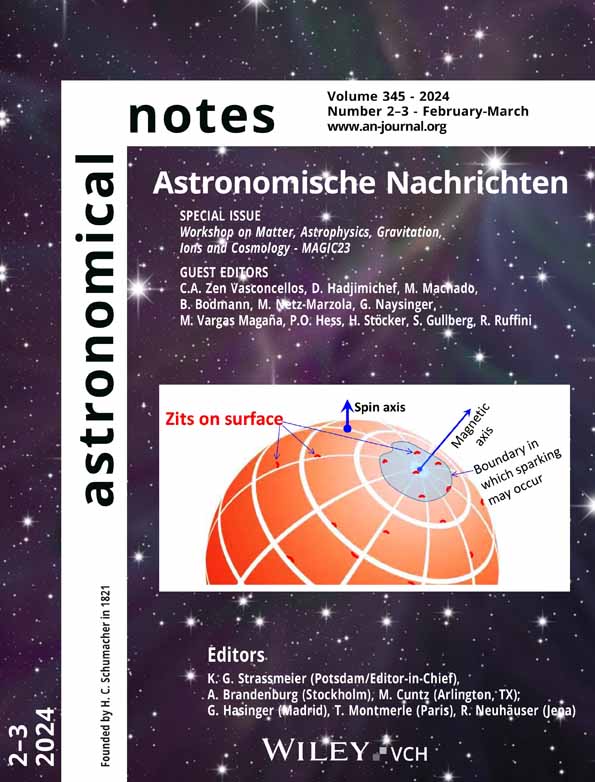Measuring the speed of gravity at short distances: Sensitivity estimate
Abstract
An experimental set up was proposed to determine the speed of gravitational signals traveling in air or in some other medium. It involves two vibrating masses—the emitters, which will be the sources of periodic tidal gravitational signals—and one sapphire-made mass that will act as a detector, positioned between the two emitters. The detector is planned to be suspended in vacuum and cooled down to 4.2 K, and its vibrational amplitude should be measured by a microwave signal (with ultra-low phase-noise) that is expected to resonate with the whispering gallery modes inside the detector. The mechanical and electrical quality factors of sapphire are quite high, yielding a very narrow detection band that reduces the detector sensitivity while amplifying the phase difference of the emitters' signals. The frequencies of the normal modes of the detector were previously determined using a finite element program. In this work, these frequencies are applied to the calculation of a first estimate of the sensitivity of the experiment.




